The hidden dangers lurking in commercial indoor environmental quality: a complete guide for Protecting Health, Productivity, and Compliance Across Industries
Indoor air quality directly impacts human health, operational efficiency, and regulatory compliance across every commercial sector. Whether you’re managing a healthcare facility, educational institution, hospitality venue, or specialized laboratory, understanding and implementing proper air purification is critical for success.
This comprehensive guide explores how advanced air purification technology protects your people, enhances your operations, and ensures compliance across industries.
Why Commercial Air Quality Matters More Than Ever
The air inside commercial buildings can be 2-5 times more polluted than outdoor air, containing harmful particles, pathogens, volatile organic compounds (VOCs), and allergens that threaten health and productivity.
Key Air Quality Challenges:
- Airborne pathogens and disease transmission
- Chemical pollutants and volatile organic compounds (VOCs)
- Allergens and respiratory irritants
- Odor control and air freshness
- Regulatory compliance requirements
- Energy efficiency demands
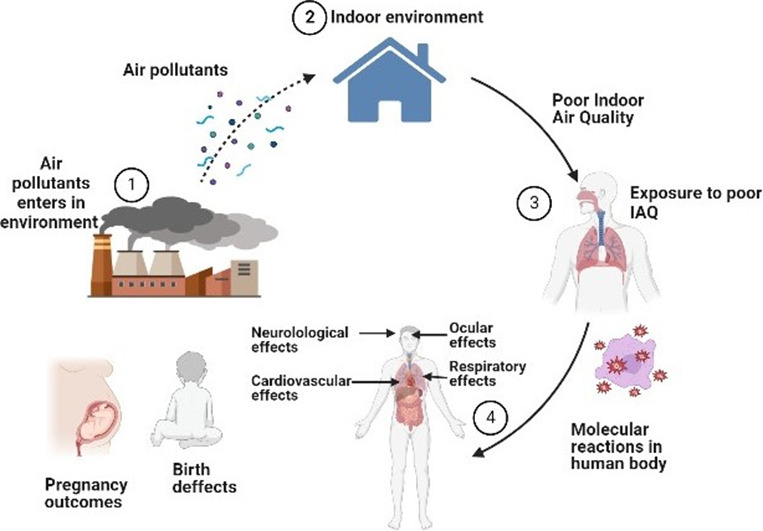
Sources of Indoor Air Pollution
Learn more about specific air quality challenges in our Air Quality Assessment Guide
Common Pollutants and Their Sources
Indoor air pollutants include:
• Mold: Thrives in humid environments, impacting respiratory health.
• Pathogens: Bacteria and viruses, like SARS-CoV-2 (Covid), spread in high-traffic spaces.
• VOCs: Emitted from paints, cleaning products, and salon chemicals.
• Particulates: Dust, pollen, and pet dander trigger allergies (0.003–10 microns).
Sources vary by setting—hospitals face pathogen risks, salons deal with chemical fumes, and schools contend with allergens. Understanding these pollutants is key to tailored IEQ solutions.

Industry-Specific Air Purification Requirements
Healthcare and Medical Facilities
Healthcare environments demand the highest level of air purity to prevent healthcare-associated infections (HAIs) and protect vulnerable patients.
Critical Requirements:
- HEPA filtration for airborne pathogens
- Removal of surgical smoke and medical odors
- Compliance with infection control standards
- Protection of immunocompromised patients
- Operating room air quality maintenance
Explore our complete Healthcare Air Purification Solutions
Medical facilities using professional-grade air purifiers report significant reductions in airborne contamination and improved patient outcomes.
Educational Institutions and Schools
Clean air in schools directly correlates with student health, attendance rates, and academic performance. Poor indoor air quality contributes to asthma, allergies, and cognitive impairment.
Essential Features:
- Classroom-appropriate noise levels
- Allergen removal for sensitive students
- Protection against airborne illness transmission
- VOC removal from cleaning products and materials
- Energy-efficient operation for budget considerations
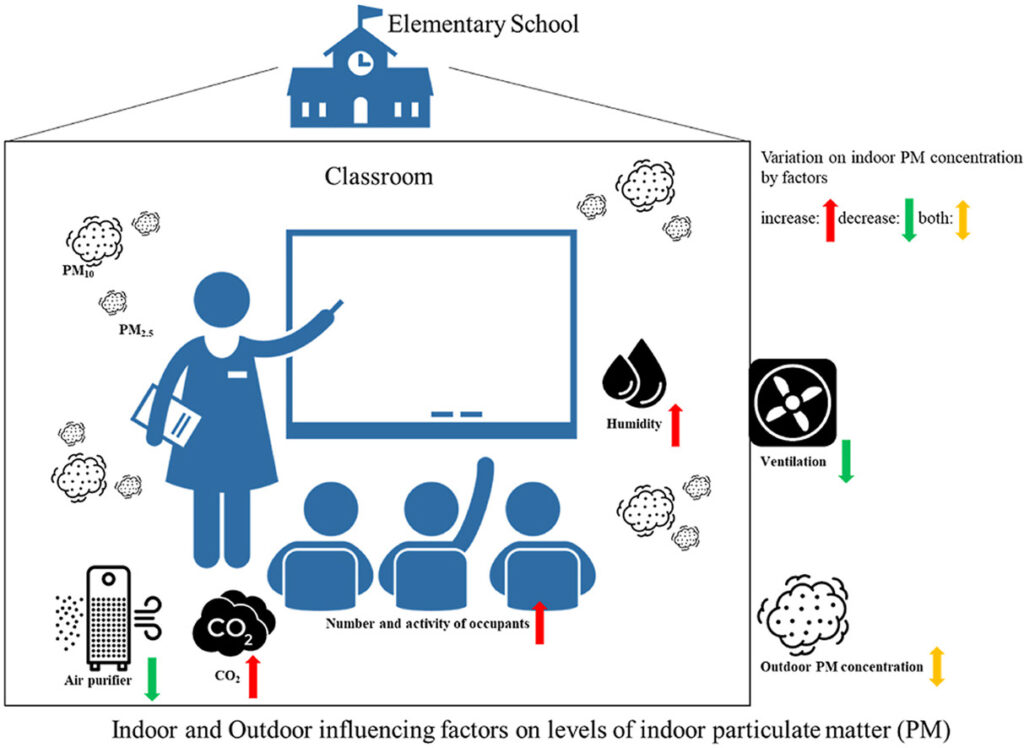
Download our School Air Quality Implementation Guide
Hospitality and Hotels
Guest satisfaction and staff wellness depend on consistently fresh, clean air throughout hospitality venues.
Key Benefits:
- Elimination of cooking odors and smoke
- Allergen control for guest comfort
- Pathogen reduction in high-traffic areas
- Fresh air in meeting and event spaces
- Enhanced reputation for cleanliness
See hospitality guide in our Hotel Air Purification Solutions
Fitness Centers and Sports Venues
Gyms face unique air quality challenges from increased respiration, sweat, equipment off-gassing, and high occupancy during peak hours.
Specialized Solutions:
- High-capacity air circulation
- Odor neutralization technology
- Pathogen control in shared spaces
- Locker room air management
- Equipment area purification
Explore Improved Fitness Center and Sports Venue Air Quality Solutions
Dental Practices
Dental offices require specialized air purification to manage aerosols, mercury vapor, and chemical fumes while maintaining patient and staff safety.
Professional Requirements:
- Aerosol capture and filtration
- Chemical fume extraction
- Cross-contamination prevention
- Waiting room air quality
- Compliance with dental safety standards
Learn about dental-specific solutions for infection control and aerosol management for scaling, drilling, three way syringes, air polishers, air abrasion units, prophy angle and cups in our Dental Office Air Purification Guide
Corporate Offices and Workplaces
Office air quality directly impacts employee productivity, satisfaction, and health-related absenteeism.
Workplace Benefits:
- Improved cognitive function and focus
- Reduced sick building syndrome
- Enhanced employee satisfaction
- Lower healthcare costs
- Meeting sustainability goals
Use our Improved Air Quality Office Guide to find the perfect solution for your needs
Beauty Salons and Spas
Salons face unique challenges from chemical fumes, hair particles, and nail salon vapors that require specialized filtration solutions.
Specialized Needs:
- Chemical vapor removal
- Fine particle filtration
- Odor control
- Client comfort enhancement
- Staff respiratory protection
Explore our Salon Indoor Air Quality Guide to clean your airspace for customers and staff
Clean Rooms and Laboratories
Research facilities and clean rooms require precise air quality control to maintain experimental integrity and safety protocols.
Technical Requirements:
- Ultra-fine particle removal
- Contamination prevention
- Environmental stability
- Compliance with laboratory standards
- Validated filtration performance
Discover how our Clean Room & Laboratories Solutions improve air quality for safer environments
Key Technologies in Modern Air Purification
HEPA Filtration Systems
High-Efficiency Particulate Air (HEPA) filters remove 99.97% – 99.99% of particles 0.3 microns or larger, including bacteria, viruses, and allergens.
Applications:
- Medical facilities requiring sterile environments
- Schools protecting against illness transmission
- Offices reducing allergen exposure
- Any environment requiring pathogen control
Activated Carbon Technology
Specialized carbon filters eliminate odors, VOCs, and chemical vapors that HEPA filters cannot capture.
Ideal For:
- Salons with chemical treatments
- Kitchens and food service areas
- Laboratories with chemical processes
- Any space with odor challenges
UV-C Sterilization
Ultraviolet germicidal irradiation provides additional pathogen destruction for enhanced protection.
Benefits:
- Chemical-free pathogen elimination
- Continuous air sterilization
- Complement to mechanical filtration
- Particularly valuable in healthcare settings
Advanced Sensor Technology
Smart air quality monitoring provides real-time data and automated responses to changing conditions.
Features:
- Continuous air quality monitoring
- Automatic speed adjustment
- Data logging and reporting
- Integration with building management systems
Selecting the Right Air Purification Solution
Capacity and Coverage Assessment
Proper sizing ensures effective purification throughout your space. Consider:
- Total square footage and ceiling height
- Occupancy levels and usage patterns
- Specific contamination sources
- Air exchange rate requirements
- Integration with existing HVAC systems
Performance Specifications to Evaluate
Critical Metrics:
- Clean Air Delivery Rate (CADR)
- Particle removal efficiency
- VOC and odor elimination capacity
- Noise levels for occupied spaces
- Energy consumption and operating costs
- Maintenance requirements and schedules
Compliance and Certification Standards
Different industries require specific certifications and compliance measures:
Healthcare: FDA registration, ISO standards for medical devices Education: GREENGUARD certification for low emissions Hospitality: Energy Star ratings for efficiency Laboratories: ISO 14644 clean room standards General Commercial: AHAM verification, CARB compliance
Use our Air Purifier Selection Guide to find the perfect solution for your needs
Implementation and Optimization Strategies
Site Assessment and Planning
Professional air quality assessment identifies specific challenges and optimal placement strategies for maximum effectiveness.
Assessment Components:
- Current air quality measurements
- Contamination source identification
- Traffic pattern analysis
- Existing ventilation evaluation
- Regulatory requirement review
Installation Best Practices
Proper installation maximizes performance and ensures long-term reliability:
- Strategic placement for optimal air circulation
- Integration with existing building systems
- Accessibility for maintenance and filter changes
- Noise consideration for occupied areas
- Power requirements and electrical planning
Ongoing Maintenance and Monitoring
Regular maintenance ensures consistent performance and protects your investment:
Maintenance Schedule:
- Filter replacement timing and procedures
- System performance monitoring
- Air quality measurement and logging
- Professional service and calibration
- Documentation for compliance purposes
Measuring Success and ROI
Health and Safety Metrics
Track improvements in:
- Reduced illness transmission rates
- Lower absenteeism due to respiratory issues
- Improved air quality measurements
- Enhanced comfort and satisfaction scores
- Compliance audit results
Operational Benefits
Quantifiable Improvements:
- Increased productivity and focus
- Reduced cleaning and maintenance costs
- Enhanced reputation and customer satisfaction
- Lower insurance premiums in some cases
- Energy savings through optimized operation
Cost-Benefit Analysis
Professional air purification systems typically provide ROI through:
- Reduced healthcare costs and sick days
- Improved productivity and performance
- Lower facility maintenance requirements
- Enhanced property value and marketability
- Regulatory compliance cost avoidance
Regulatory Compliance and Standards
Understanding and meeting air quality regulations protects your organization from liability while ensuring optimal environments.
Industry-Specific Regulations
Healthcare: Joint Commission standards, CDC guidelines, OSHA requirements Education: EPA guidelines for schools, state health department regulations Hospitality: Local health codes, indoor air quality ordinances Laboratories: OSHA lab standards, industry-specific protocols General Commercial: Building codes, occupational health requirements
Documentation and Reporting
Maintain comprehensive records for compliance audits:
- Air quality measurement logs
- Maintenance and service records
- Filter replacement documentation
- Staff training certifications
- Performance verification reports
Advanced Applications and Emerging Technologies
Smart Building Integration
Modern air purification systems integrate seamlessly with building automation for optimized performance and energy efficiency.
Integration Benefits:
- Automated response to occupancy changes
- Coordination with HVAC systems
- Remote monitoring and control
- Predictive maintenance scheduling
- Energy optimization algorithms
Measuring and Monitoring IEQ/IAQ

“IAQ monitoring device in use”
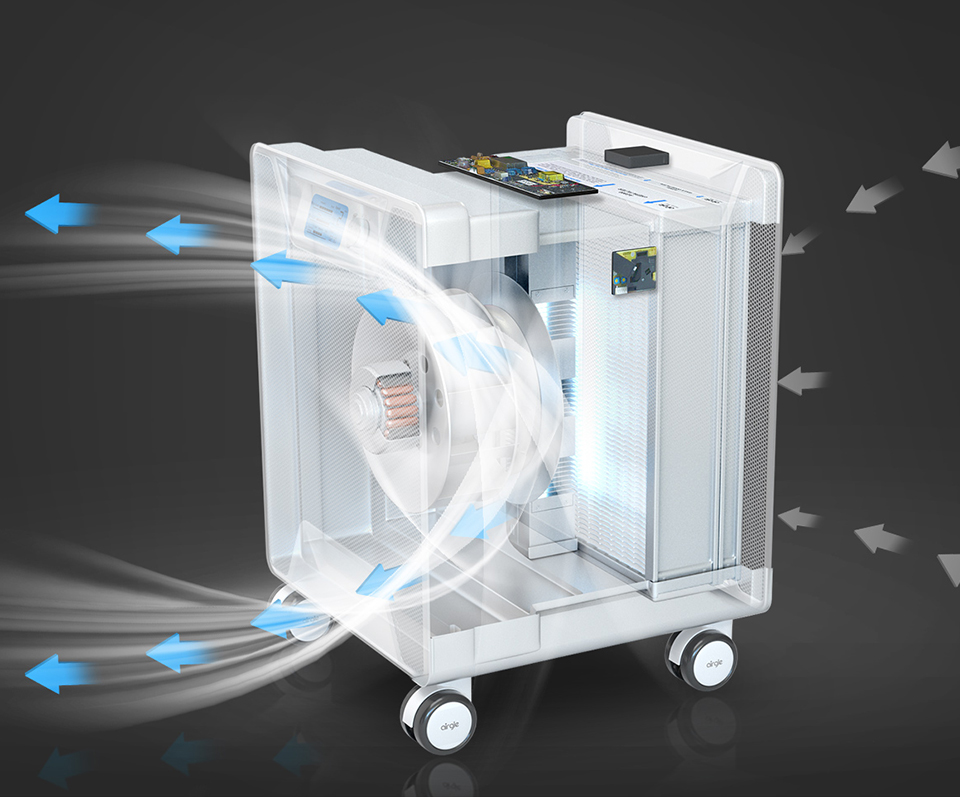
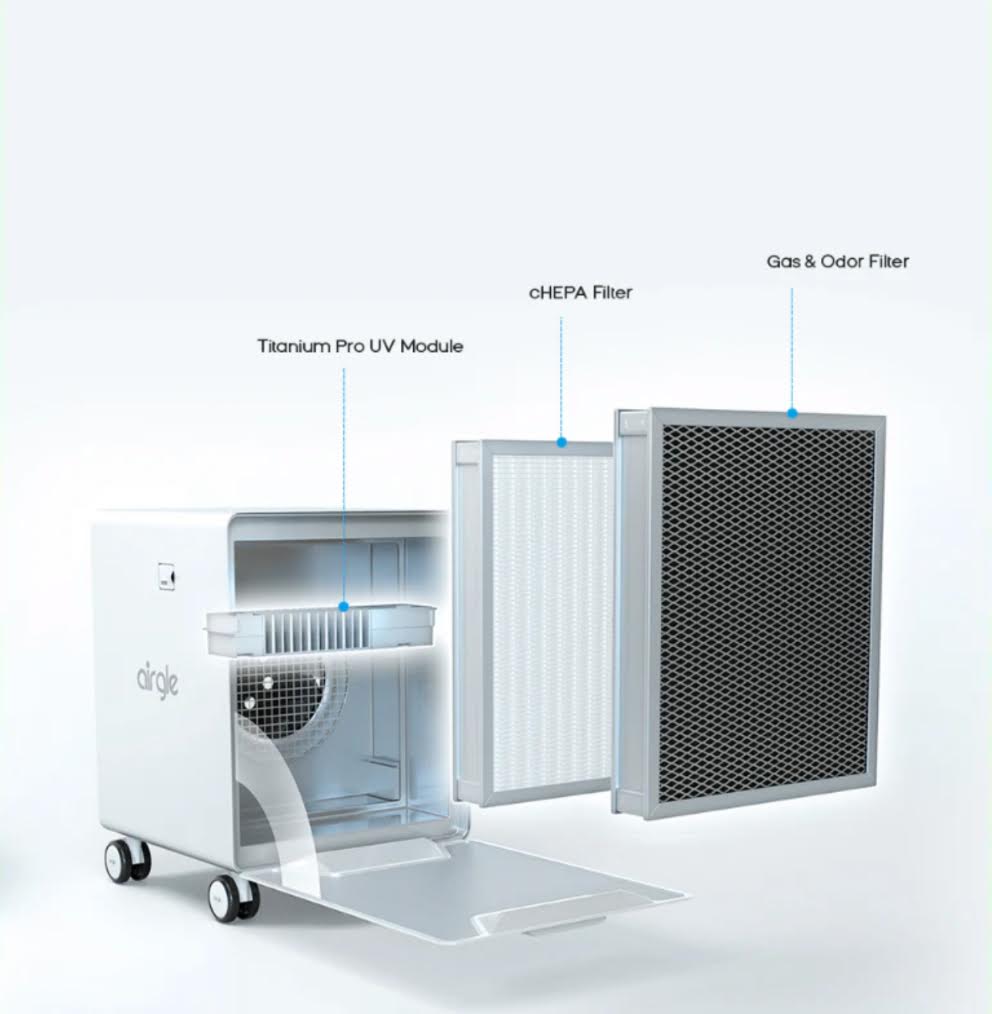
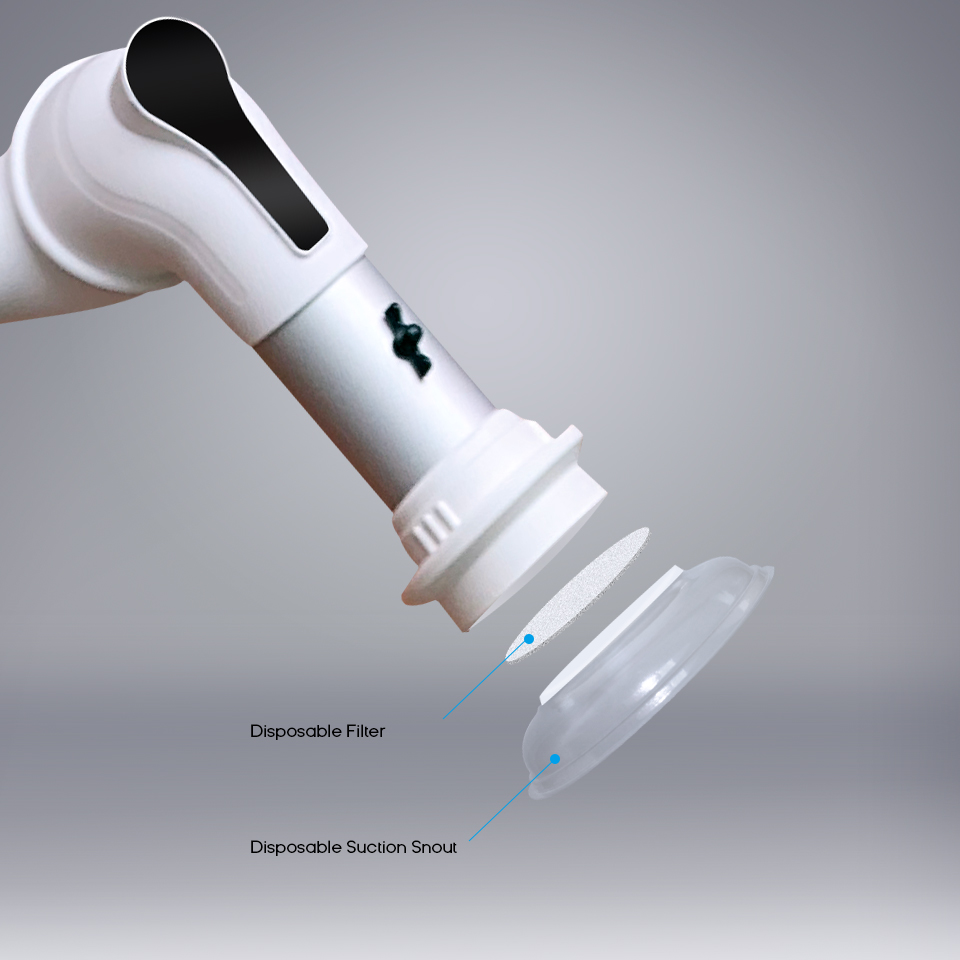
“How ventilation improves IAQ”
Best Practices for Improving IEQ and IAQ
Best practices for improving IEQ and Top IAQ strategies:
1. Filtration: High-efficiency filters capture ultra-fine particulates and allergens.
2. Humidity Control: Maintain 40–60% relative humidity to prevent mold and pathogen growth.
3. Source Control: Minimize VOC-emitting products, like low-VOC paints.
4. Regular Maintenance: Replace filters per manufacturer guidelines.
These strategies improve air quality across settings, from offices to clean rooms.
Specialized Applications
Infection Control: Enhanced protocols for pandemic preparedness Cleanroom Technology: Ultra-precise contamination control Odor Management: Advanced solutions for challenging environments Chemical Processing: Specialized filtration for industrial applications
Getting Started: Your Next Steps
Implementing effective air purification requires careful planning and professional guidance. Here’s what the air quality experts at Airgle include with your free consultation:
- Assess Your Current Situation
- Conduct air quality measurements
- Identify specific contamination sources
- Review regulatory requirements
- Evaluate existing ventilation systems
- Define Your Requirements
- Establish performance goals
- Set budget parameters
- Determine timeline constraints
- Plan for ongoing maintenance
- Explore Solutions
- Research appropriate technologies
- Compare performance specifications
- Evaluate total cost of ownership
- Consider implementation complexity
- Educate You The Customer
- Consult with air quality professionals
- Draft detailed proposals
- Arrange demonstration
- Plan comprehensive implementation
Why Professional Air Purification Matters
Investing in commercial-grade air purification technology isn’t just about compliance—it’s about creating environments where people thrive. Clean air supports health, enhances productivity, and demonstrates your commitment to excellence.
The right air purification solution pays for itself through improved outcomes, reduced costs, and enhanced reputation while protecting the health and wellbeing of everyone in your facility.
Ready to Transform Your Indoor Air Quality?
The air quality experts at Airgle are standing by to help you find the perfect solution for your specific needs. Whether you’re protecting patients, students, guests, or employees, we have the technology and expertise to deliver results.
Contact an Airgle specialist today for a free consultation and air quality assessment
Browse our complete range of commercial air purification solutions
About Clean Air Project: We’re dedicated to providing superior air purification solutions for commercial and institutional environments. Our educational resources help facility managers, business owners, and decision-makers make informed choices about indoor air quality.
Next Steps for Cleaner Air
Start by booking a free virtual assessment or free on site assessment for your space’s Indoor Air Quality needs. Explore our industry-specific guides above or learn about advanced solutions in our air purifier guide. Clean air is an investment in health and productivity.
FAQs About IEQ and IAQ
Q: How can I improve indoor air quality?
A: Enhance ventilation, use high-efficiency filters, control humidity, and monitor air quality regularly.
Q: What are the effects of poor IAQ on health?
A: Poor IAQ can cause respiratory issues, allergies, and reduced cognitive function, per EPA studies.